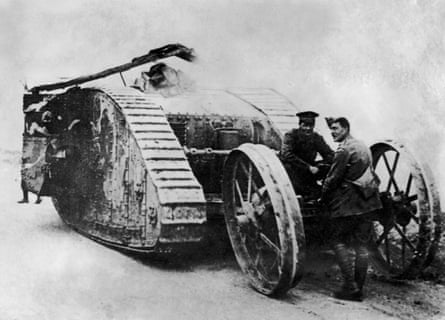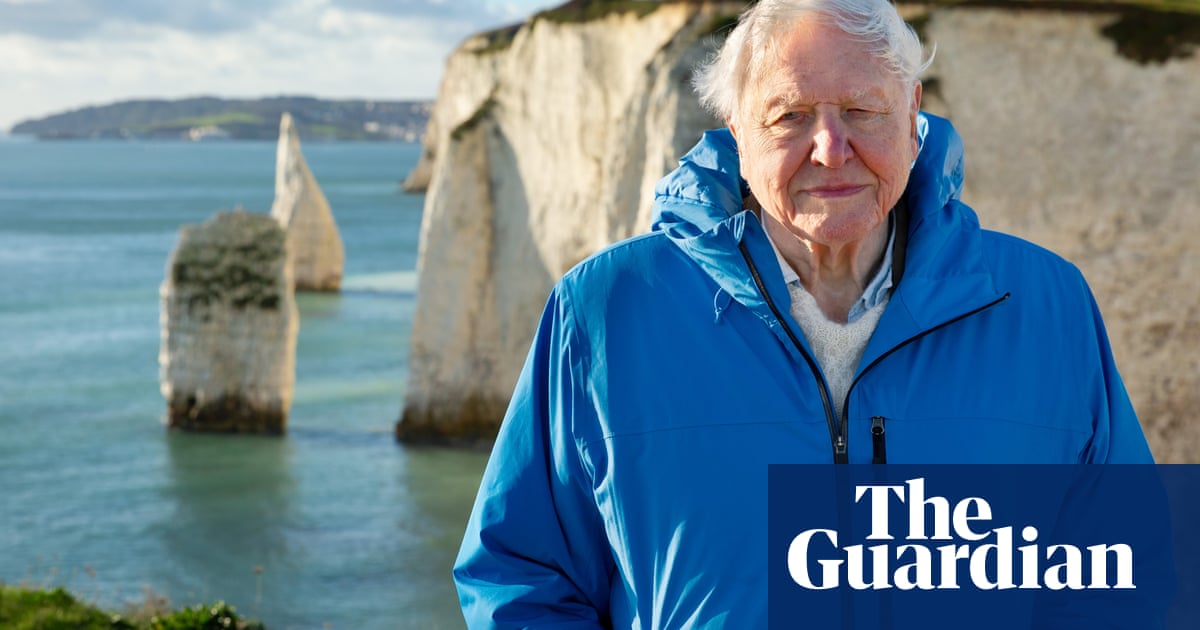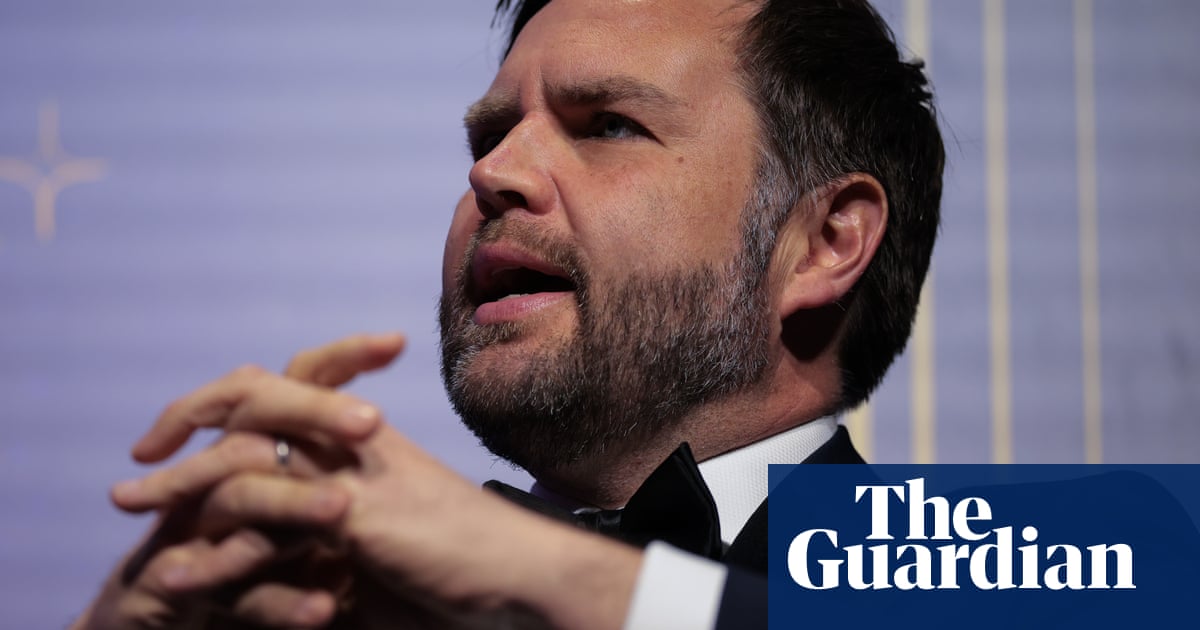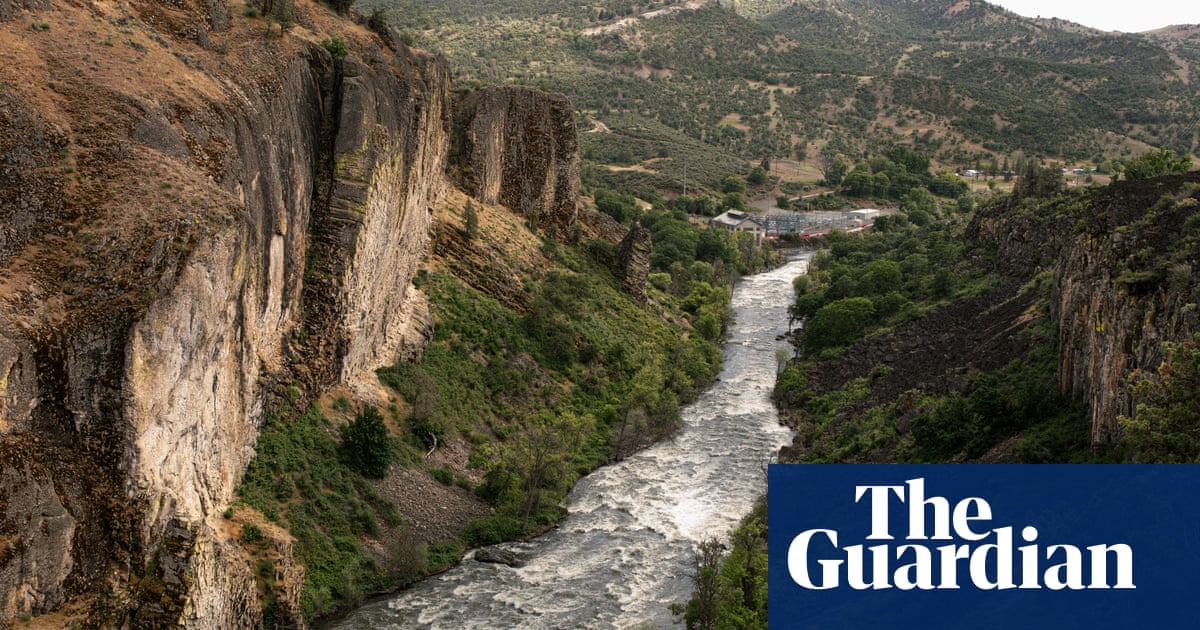At the height of the second world war, while British authorities were calling on citizens to donate metal to be recycled into weapons and warships, attention at the army base of Bovington Camp in Dorset turned to a collection of historic vehicles dating from the first war – among them a legendary tank that had been nicknamed “Mother”.
Mother was the prototype for the world’s first battlefield tank, the Mark 1, which had been developed by Britain in 1915-6 to break the deadlock of the trenches. The vehicles were a huge technological leap forward that caused a sensation when rolled out on the battlefields (“astonishing our soldiers no less than they frightened the enemy”, as the Manchester Guardian put it) and helped tip the scales in favour of the allies’ eventual victory.
Mother was a unique and hugely important piece of military and technological history. But with people across Britain donating their railings, saucepans and even keys for the war effort, there was no room for sentiment. Mother was surrendered to the scrappers to be melted down and recycled.
Or was she? For decades, rumours persisted at Bovington Camp that to save it from being scrapped, “the Mother of all tanks” had instead been secretly buried somewhere in the military base. Now, an army officer is planning an archaeological survey to search for the mythical tank after finding a historical letter that suggests the rumours are true.

Staff Sgt Anthony Sherritt, a tank commander with the Royal Armoured Corps, came across the mystery of what happened to Mother several years ago when listening to a podcast; intrigued by the rumours, he began scouring military records in his free time for evidence of what really happened.
He traced the source of the rumours to a former foreman at the British army’s Tank Museum, which is based at Bovington Camp, who would frequently tell visitors that his father had been part of the team that hid the prototype. But still, there was no proof.
Then, last summer, Sherritt came across a letter written by an officer called Lt Col NM Dillon about the wartime activities of a friend who had been based at Bovington, Maj Bill Brannon. One day, wrote Dillon, Brannon had “found the scrap metal staff beginning to demolish some of the old tanks”. After waiting for the scrappers to stop at midday for lunch, “Bill organised a towing tank and pulled four of the oldest tanks and buried them in the driving area. These four included Mother.”
It was a eureka moment for Sherrett, who called a small group of fellow enthusiasts, buzzing with the news. “I was super-excited, calling everyone – [saying] ‘Look, I found this,’” he says. “And they couldn’t believe it.”
Burying a tank in your lunch break may seem no small feat, but the expansive driver training area would have been full of enormous pre-dug holes, says Sherritt, to allow trainees to practice driving the vehicles in rough terrain. But even if Mother was buried, the next challenge is finding her. Bovington Camp stretches to 404 hectares (1,000 acres), and even the section Sherrett has identified as the wartime training area, not in the same spot as today, is enormous.
“It’s a kilometre squared, and that’s a huge piece of land,” Sherrett says. Now a patch of restricted heathland, it’s not as if he can just wander around with a metal detector. “It was used for driver training for 100 years so it’s covered in metal. Back in the day, they probably didn’t really care about any environmental issues and were just littering everywhere” – potentially including unexploded ammunition.

Undeterred, Sherrett has spent a year petitioning defence authorities to be allowed survey the area; with that permission secured, he is crowdfunding to commission archaeologists to start the search later this autumn. Lidar (light detection and ranging) scans have already identified five spots that hint at a large object buried underground.
According to Chris Price, the director of the Tank Museum, finding Mother “would be a mic drop moment in the tank world. Jaws hitting the floors everywhere.
“There’s every possibility that it won’t be found – but it would be a wonderful thing to find, a wonderful mystery to be solved and given to everyone around the world.”
“It would be insane,” agrees Sherrett. “Because it’s not just a tank. It’s everything else that she [led] to, the machine that broke the stalemate in world war one. There were no [battlefield] tanks before her.
“I joke with the Tank Museum all the time, saying ‘You’ll have to make space to put her in there,’ because currently, all they have for her is a drawing.”

 6 hours ago
4
6 hours ago
4

















































